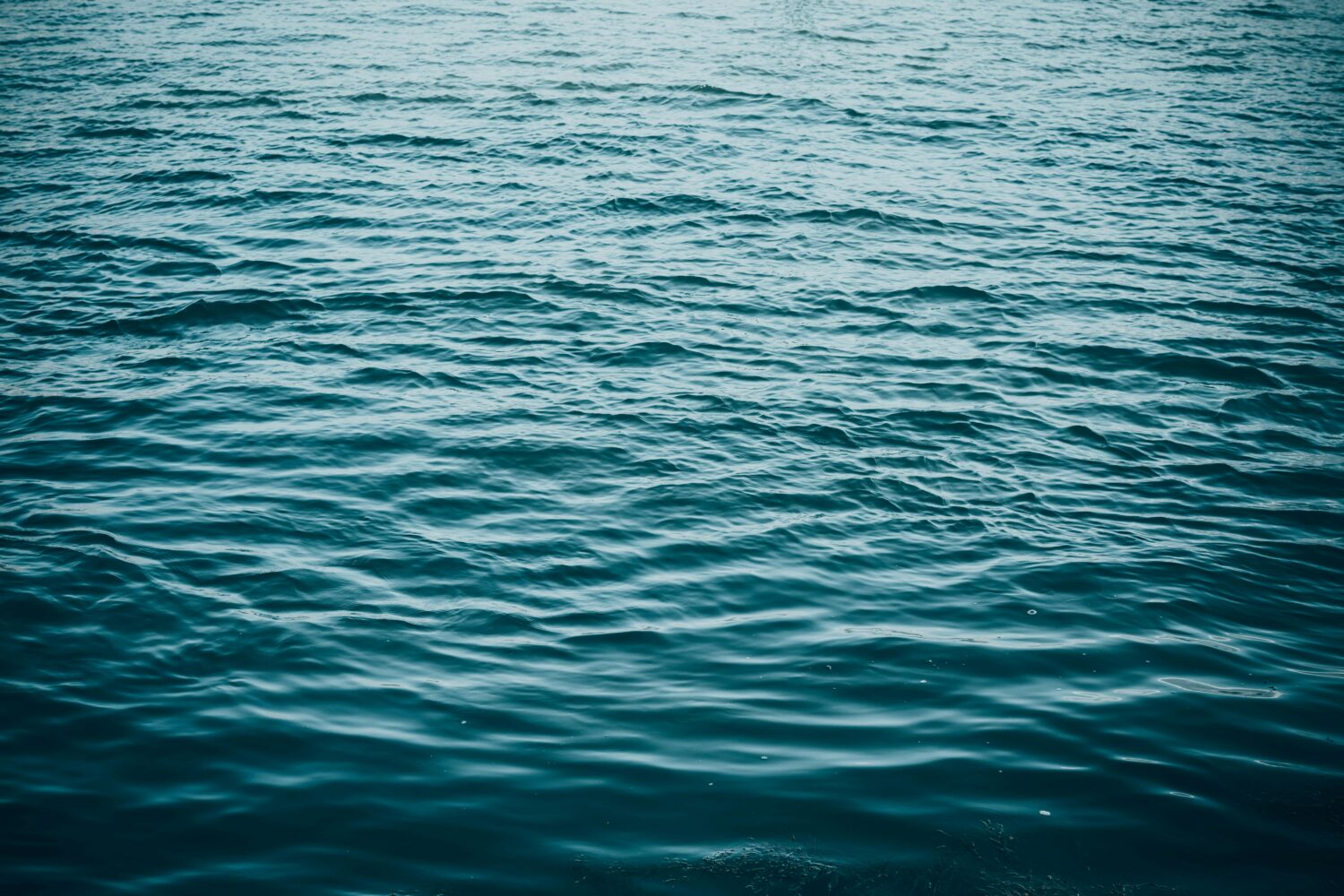As we approach Memorial Day here at the USS Constitution Museum, we pause to reflect on those who lost their lives while in service on board USS Constitution, not just in battle but in the daily operation of the ship across the globe.
More than 275 officers and crew have died while serving on board the ship over her centuries of service. Only 28 of those died either in battle or as a result of wounds sustained in battle. Constitution was fortunate in the relatively low numbers of casualties sustained in her major battles during the War of 1812, but for sailors on the world’s oceans in the 1800s, illness, disease and infection were far more common killers. A list of those crew who died has been compiled by the museum from references in the ship’s logbooks, medical logs and crew service records.
The causes of death includes simple descriptions of symptoms or early names for diseases that have since been identified, cured, contained, or made treatable. Between 1799 and 1844, 16 crew died of “consumption,” a common name for tuberculosis. In addition, the death of John Weston on December 19, 1844 was specifically blamed on tuberculosis.
Various descriptions of fevers were blamed for 27 deaths. “Bilious fever” was a term used to describe fever accompanied by vomiting or diarrhea. That description accompanies five deaths, and usually denoted malaria, a parasite spread by mosquitoes, or typhus, a bacteria spread by fleas and chiggers. Two more were specifically attributed to typhus.
Unfortunately, more than half of the deaths remain a mystery, because the causes were unspecified in the records we have available. It’s quite possible no explanation was available at the time. Often the ship’s logbook simply noted that someone died on a given day. If that sailor had not already been seen or treated by the ship’s surgeon, there may be no record or explanation in the medical log either. Fourteen crew are recorded as having died of “illness.” Though brief descriptions of the illness accompany some of those, they are as vague as “a complication of disorders,” which was the cause given to the death of Archibald Thompson on November 15, 1799.
The precarious nature of working high in the ship’s rigging on the rolling seas killed 18 people in the ship’s active sailing years. Most appear to have struck the deck, dying immediately or quickly after from their injuries. Twelve crew drowned after falling off Constitution, including two who fell off the gangways to the ship. If a crew member was witnessed falling overboard, a rescue effort was initiated that usually involved launching small boats to retrieve the man overboard. William Nine, an able seaman, fell overboard on January 4, 1814. It’s unclear whether he was on deck or in the rigging at the time. The ship stopped and launched a small boat in an effort to retrieve him, but it was too late. Joseph Williams, an able seaman, drowned in February 1828 after intentionally jumping overboard while the ship was at anchor in the Mediterranean. He was trying to desert by swimming ashore.
Constitution crew are buried in ports of call around the world, but the vast majority of them have no gravesite for us to visit. If a crew member died while the ship was far offshore, he was buried there beneath the waves. Returning a deceased crew member to a grave on land was often just not possible in the 19th century.
Burials on shore occasionally happened in places without tended cemeteries. Seaman William Cooke died on May 10, 1845, while the ship was at anchor in Touron Bay in what is today’s Da Nang, Vietnam. He was listed as having died “after a long illness,” although he likely had dysentery, which had plagued the crew during the previous two ocean passages. Cooke was buried ashore on the edge of the hill overlooking the beach. Though Cooke himself appears to have been forgotten, the site continued to be maintained by local people. Over decades, it evolved into a shrine where until just recently, fishermen continued to leave offerings for good luck before going to sea. The most recent reports of people attempting to visit the location within the last 10 years indicate that the entire area of the beachfront bay has been redeveloped into a resort and any remnants of structures or monuments connected to Cooke are now gone.
Here is the museum’s list of those who died while serving on USS Constitution.
The Author(s)
Carl Herzog
Public Historian, USS Constitution Museum
Carl Herzog is the Public Historian at the USS Constitution Museum.
